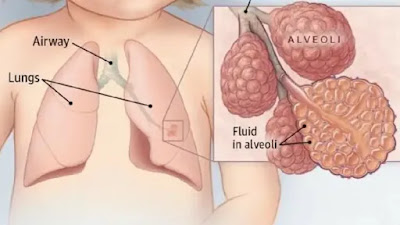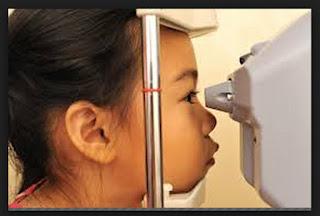Is the cost of the screening and timely intervention operation warranted,given all the considerations covered in items 1-6 above, in comparison with alternative uses of the resources
Will the operation divert resources from other measures that
are likely to be more effective? What other ways are there of addressing the
problem that do not involve screening ? are these better? Will the screening
operation divert health workers attention from more crucial efforts addressing
the principal health problems of the population ? will it accomplish little but
create the impression among the public that their problems are being dealt with
and divert their attention from issues of higher priority ?
In order to answer these questions , the costs and benefits
of the proposed screening and intervention activities must be weighed against
those of alternative strategies, taking into account both direct and indirect,
as well as immediate and future , benefits .
When planned thoughtfully and implemented in a
population-based fashion, screening can provide a rational bases for resource
allocation. it can be used to ensure that preventive measures are applied where
they will have the most effect. However, the costs of screening and subsequent
follow-up need to be weighed against the savings to be derived from other
potentially more effective and efficient uses of resources.
In general, primary prevention is better than a strategy
that depends on screening . especially where an important risk factor can be
significantly reduced without medical intervention as , for example , in the
case of smoking it might be desirable to concentrate the available resources on
mass public education and policy initiatives such as legislation to ban
advertising of tobacco products. Even resources spent on ensuring an adequate
food supply at the community level, on community-wide promotional efforts to
encourage families to give priority to the nutritional needs of pregnant and
lactating women, and children, or on promotion of family planning . in such
cases, there might be little to be gained by diverting resources towards a
screening operation to identify and treat individuals with the risk factor.
In some situations it may be preferable to mount a mass
public education campaign to encourage those with a given risk factor ,
symptom, or sign to consult the health services, rather than having health
workers go out to find them. The self-referral of symptomatic persons would be
followed by appropriate diagnostic tests and accompanied by case-finding
activities covering persons consulting the health services for other reasons.
This approach depends on the health services being readily accessible to those
at risk, and on a successful mass education effort.

